The battle after the war: Brigadier Elliott’s battle with PTSD revealed for first time
Harold Elliott was praised for his successful leadership in the army. But the deaths of young Australian soldiers on his watch changed his life forever.
National
Don't miss out on the headlines from National. Followed categories will be added to My News.
Exclusive: Harold “Pompey” Elliott was a charismatic, inspiring Australian Army leader.
He rolled up his sleeves alongside troops, during WWI, never sending them anywhere he would not go himself.
But his heroics — lauded not just by his peers, but armed forces around the world — were something he grappled with, far away from the battlefield.

Gutted by the deaths of young Australian soldiers on his watch, he suffered what we have come to know as post-traumatic stress.
“Shellshock and the other ‘invisible’ scars of war continued to haunt the men and women who bore them long after the end of war,” war historian Elizabeth Heffernan said.
“Initially, the condition was only thought to be linked to the sudden shock of ‘shells’ exploding on the front.
“It quickly became clear, however, that any kind of war stress could trigger these reactions.”
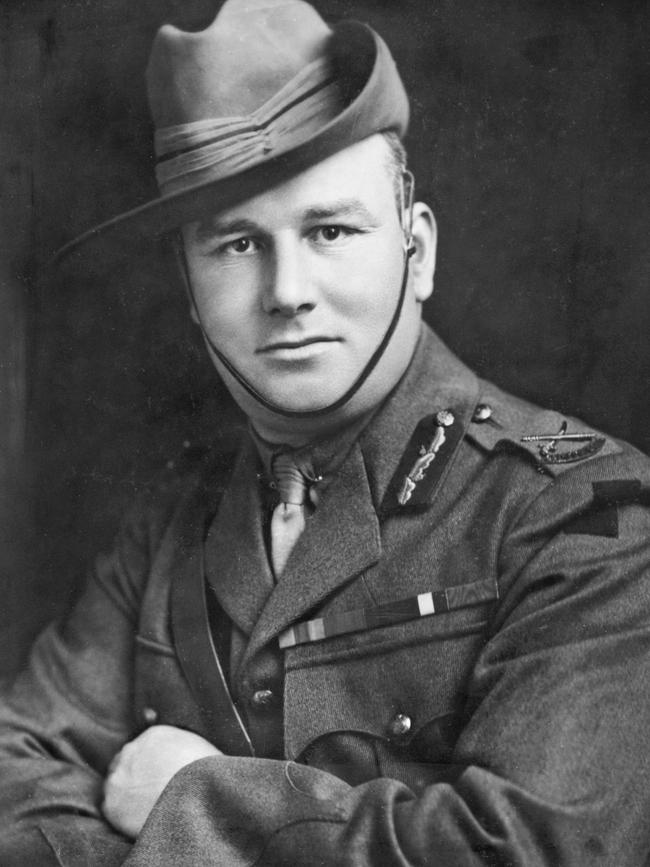
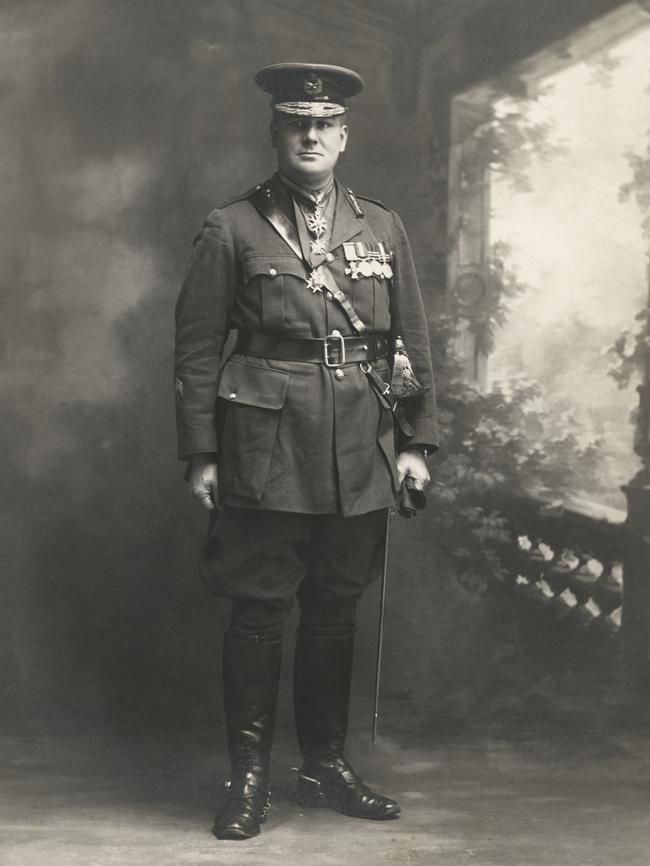
At the outbreak of the war, Brigadier Elliott, of Melbourne, was given command of the 7th Battalion in the Australian Imperial Force.
He landed in Gallipoli on April 25, 1915, but was shot in the foot and evacuated to hospital. He eventually rejoined his battalion.
His military prowess and subsequent PTSD battle is documented alongside more than 330,000 stories of Diggers from WWI on a new online family history website, called Australian War Stories.
“He placed himself in perilous situations so often that his survival was one of the minor miracles of the war,” historian and biographer Ross McMullin said.
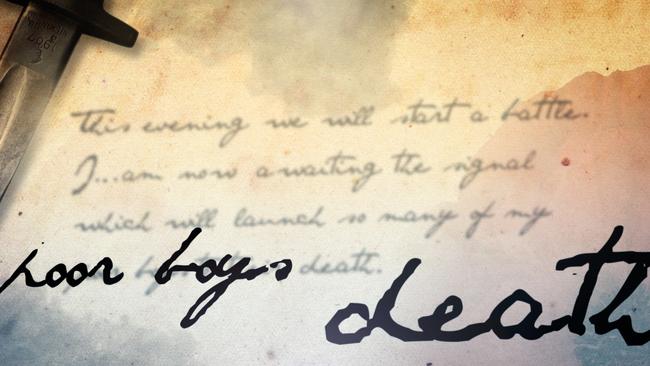
A veteran of the Boer War and the Gallipoli campaign, Brigadier Elliott was eventually put in charge of the 15th Brigade on the Western Front.
However, he believed the Battle of Fromelles in July 1916 was doomed from the start, but was unsuccessful in his attempts to cancel the attack.
It is why he was pained by the enormous losses sustained by his men during the battle, which cost Australian forces 5500 casualties in a single day — nearly 1800 of them from his own brigade.
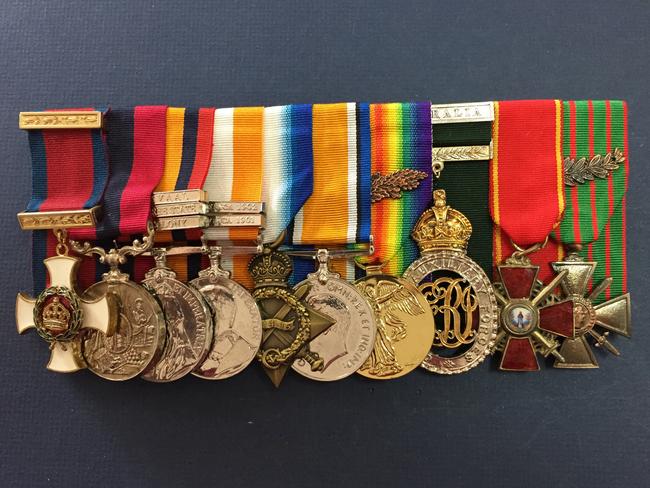
Described as one of the darkest episodes of Australian war history, the battle is believed to be the greatest loss by a single division in 24 hours in WWI.
“He (Brigadier Elliott) never spoke a word all the way back to advanced brigade [headquarters],” Lieutenant J.D. Schroder recalled.
“He went straight inside, put his head in his hands, and sobbed his heart out.”
Despite never fully recovering from the tragedy of witnessing his own men die, Brigadier Elliott continued to command what remained of the 15th Brigade for the rest of the war.
Afterwards, he pursued a career in law and politics.
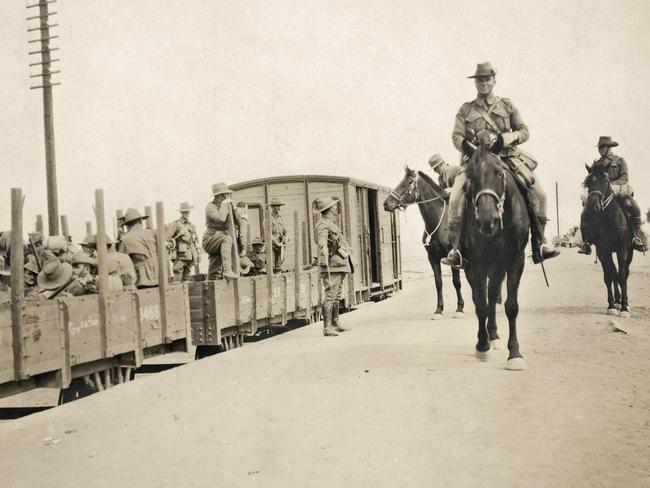
But like so many soldiers, the 53-year-old was crippled by depression.
The nightmares of the tragedy he witnessed were too much to bear.
He took his own life on March 23, 1931.
He was given a state funeral with full military honours at Melbourne’s Burwood Cemetery.
“There was also no precedent for the kind of horror WWI exposed its soldiers to,” Ms Heffernan said.
“What is clear is the devastating effect war has on all those who fight in it, even those who make it home alive.
“There was no shared vocabulary. This further contributed to the emotional and psychological isolation experienced by many returned soldiers.”
Discover your ANZAC hero with a FREE memorial timeline at www.australianwarstories.memories.com.au
Originally published as The battle after the war: Brigadier Elliott’s battle with PTSD revealed for first time



